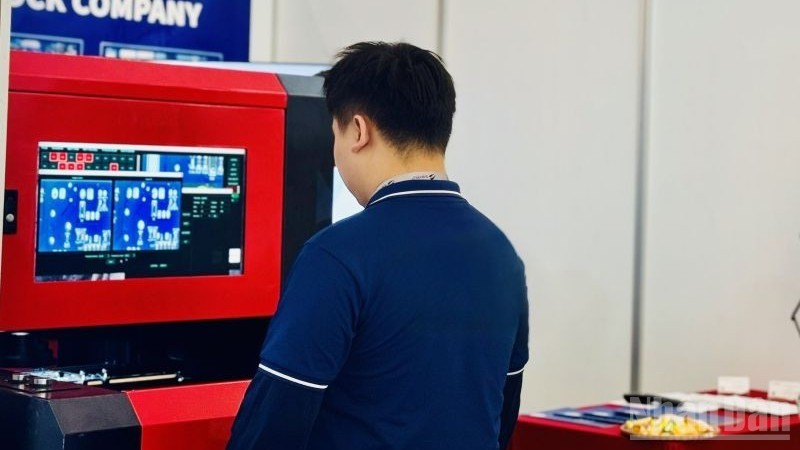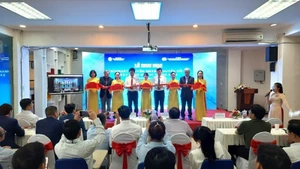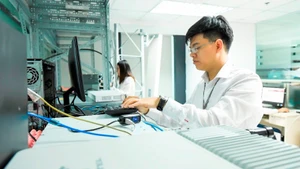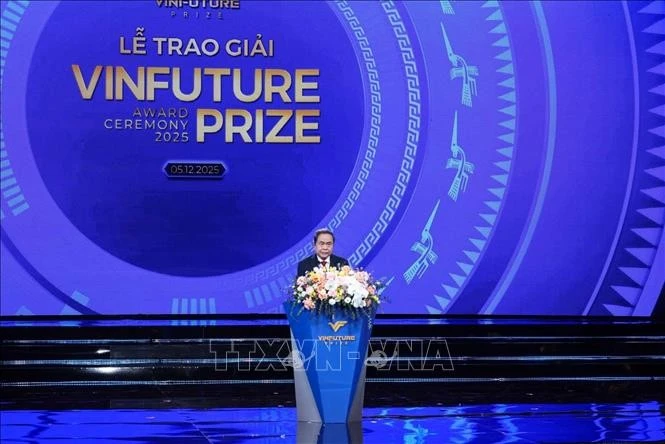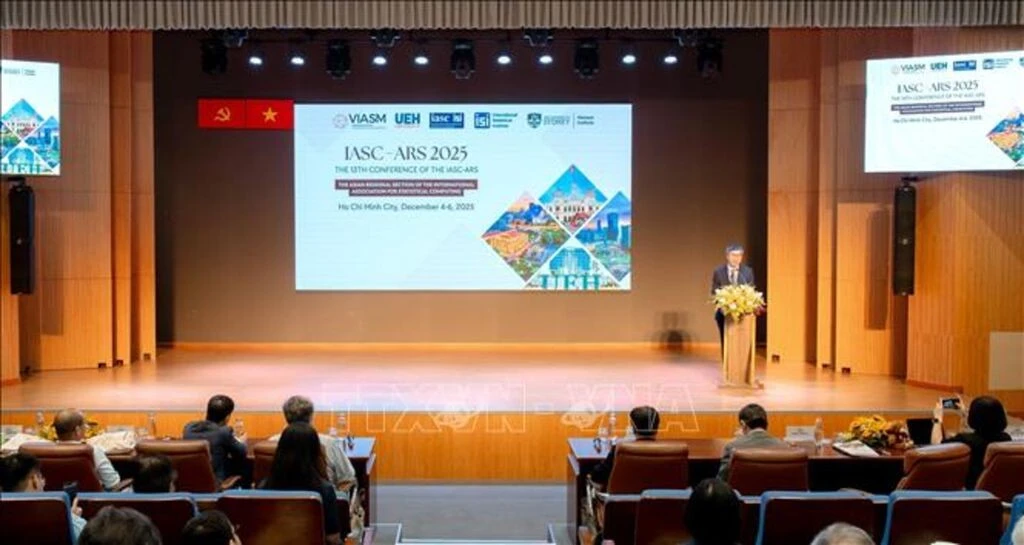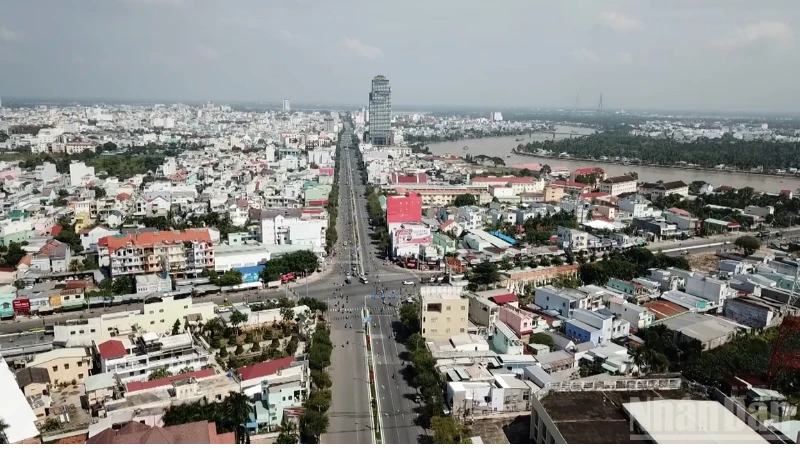It helps in optimising resources and reduce emissions in real time, managing green supply chains and ESG transparency, assessing and simulating environmental impacts, linking individual digital activity chains into a smart “neural network”, and exploiting big data for forecasting and deep personalisation.
In reality, current international standards are creating compliance pressure in production and business. Regarding new trends in dual transformation, experts see that there are currently 3 trends: Green AI — increasing efficiency, reducing emissions, demonstrating commitment to sustainability; Cloud & Edge Computing — flexible, economical, and environmentally friendly; and Blockchain — meeting international standards and increasing transparency and competitive advantage.
International experience in applying AI promotion with dual transformation
Experiences from Germany, the Republic of Korea, and Singapore also suggest building data infrastructure and emission management for small and medium-sized enterprises; developing large-scale support funds such as BIK; and integrating dual transformation into export strategies. Accordingly, building a NetZero roadmap for each industry and a credit guarantee mechanism similar to K-Green Guarantee as well as building a green transformation fund and a set of technical standards for pillar industries.
Based on summarising lessons learned from typical countries, the Department for Private Enterprise Development and Collective Economy has proposed an orientation to promote dual transformation of small and medium-sized enterprises focusing on 4 key areas:
First: no pressure, no transformation. Therefore, it is necessary to consider legalising climate goals and improving data capacity, technology, and innovation.
Second: digital infrastructure is the foundation for small and medium-sized enterprises to exceed international standards, so it is necessary to invest in digital infrastructure (IoT, blockchain, Digital Twin) to help businesses comply, optimise costs, operate effectively, and expand exports.
Third: green finance, turning costs into transformation opportunities on the basis of building an inter-sectoral support framework to reduce risks and create transformation momentum.
Fourth: orienting a clear national roadmap in which to design a synchronous action program, focusing on small and medium-sized enterprises.
AI helps businesses continuously adapt and innovate products and business models
Not only is it simply a productivity support tool, but artificial intelligence (AI) is also considered a platform to help businesses develop dual, digital transformation, and green transformation for sustainable development.
According to the Department for Private Enterprise and Collective Economy Development under the Ministry of Finance, by 2024, more than 90% of Vietnamese small and medium-sized enterprises utilise at least one form of digital technology application in their operations, but only a small portion are systematically exploiting AI. Meanwhile, the world is entering a period of exponential AI development, with 77% of global enterprises using AI to measure energy consumption and detect waste in production.
According to a report by the Department for Private Enterprise and Collective Economic Development under the Ministry of Finance, although small and medium enterprises account for 98% of the total number of enterprises, most are in the “initial transformation” stage, mainly focusing on production automation and export data reporting, while lacking investment in quality control, maintenance, or emissions management.
Therefore, sharing with Nhan Dan Newspaper, Nguyen Huong Quynh, CEO of the innovation platform BambuUP, commented that AI is the factor that can help connect into a smart network, where data, processes and people operate in unison.
The report on artificial intelligence and its impact on dual transformation for Vietnamese SMEs was recently launched by the Department for Private Enterprise and Collective Economy Development under the Ministry of Finance to deeply analyse the current status of digital and green transformation of Vietnamese enterprises, especially small and medium enterprises, identify opportunities and challenges of Vietnamese enterprises, and propose specific solutions suitable to capacity and resources. The report consists of 5 parts — Part 1: Global and Vietnamese dual transformation context; Part 2: Overview of AI and applications in dual transformation; Part 3: Application of artificial intelligence in dual transformation for Vietnamese SMEs; Part 4: Efforts of the Department for Private Enterprise and Collective Economy Development in supporting Vietnamese SMEs in dual transformation; and Part 5: Appendix.
